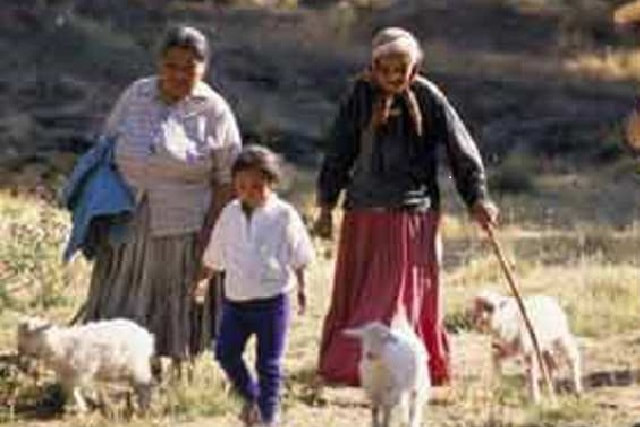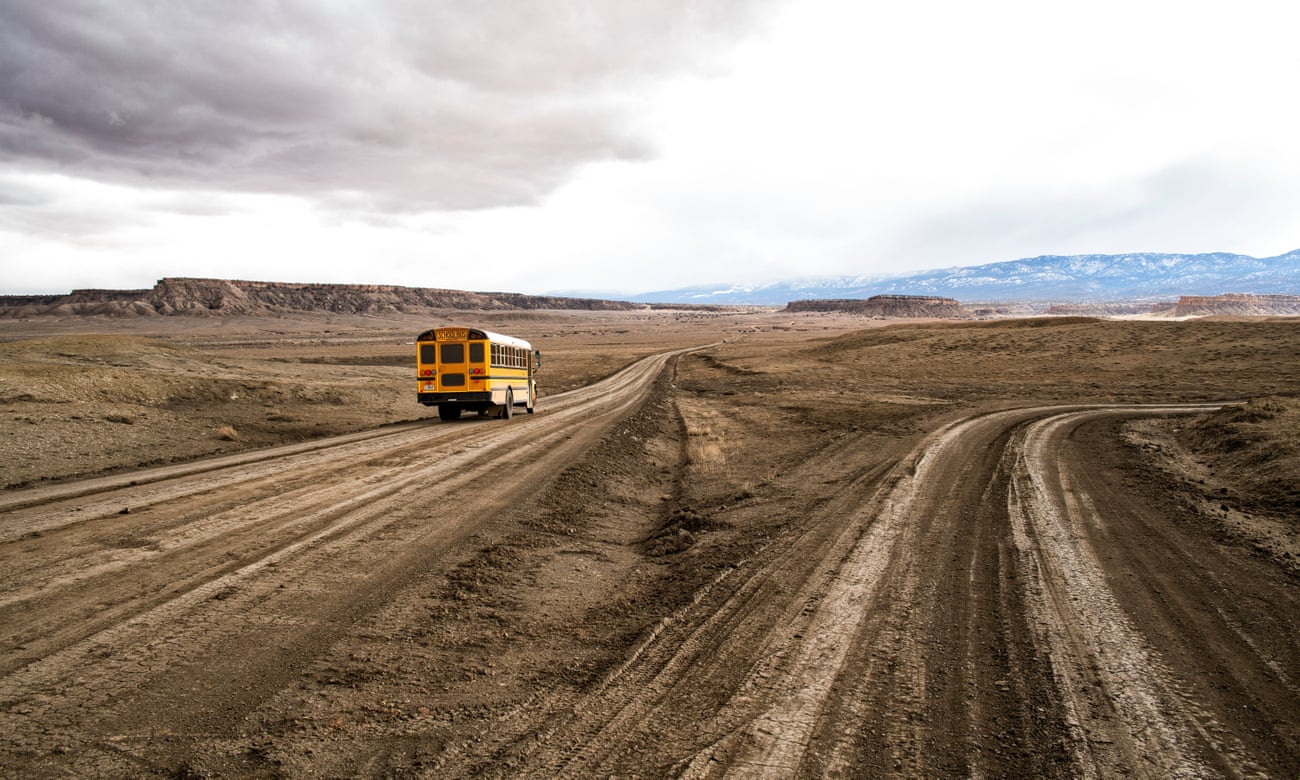Diné Bikéyah
Our healing way of life depends on continued good relationships with all creatures and especially Mother Earth. This is the source of our individual and family spiritual health.
The health and wellness of our families are based on relationships of our families and especially our children with the land, with our plants, with our livestock, with our food and with our traditional teachings.
The old traditional teachings help us maneuver past the modern obstacles that come towards us. The land means home. Farming and planting means getting close to the land and providing nourishment to our families and the land. If we take care of the earth, the earth will take care of us.
When families have extra healthcare needs, time and resources are scarce. We have less time to take care of Mother Earth and also ourselves. Our minds are always on worries for our family members, especially our children. That is why when we talk to other families for the first time, in workshops and groups, we fully appreciate the meaning of support.
Yet mass transit is extremely limited on the Navajo Nation, as is childcare. Getting to these support groups is a hardship by itself.
The old traditional teachings help us maneuver past the modern obstacles that come towards us. The land means home. Farming and planting means getting close to the land and providing nourishment to our families and the land. If we take care of the earth, the earth will take care of us.
When families have extra healthcare needs, time and resources are scarce. We have less time to take care of Mother Earth and also ourselves. Our minds are always on worries for our family members, especially our children. That is why when we talk to other families for the first time, in workshops and groups, we fully appreciate the meaning of support.
Yet mass transit is extremely limited on the Navajo Nation, as is childcare. Getting to these support groups is a hardship by itself.
In spite of the ongoing issues of maintaining health and home life on the reservation, our families are spiritually linked to and responsible for our land. Our land, Diné Bikéyah, is the source of our families' spiritual health.
Diné Bikéyah is historically bounded by many sacred mountains, of which are widely known four important sacred peaks to the east, south, west and north:
Diné Bikéyah is historically bounded by many sacred mountains, of which are widely known four important sacred peaks to the east, south, west and north:
While the modern boundaries of the Navajo Nation are miles well within these peaks, the sacred mountains focus our thoughts and efforts on the spiritual well being of all creatures and Mother Earth, which we protect and renew in story, song, and ceremony.
The great San Juan River flows across the northern portions of our Navajo Nation, from east, to west, across the states of New Mexico, Utah, and Arizona.
The great San Juan River flows across the northern portions of our Navajo Nation, from east, to west, across the states of New Mexico, Utah, and Arizona.






